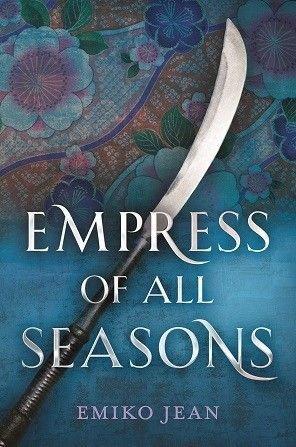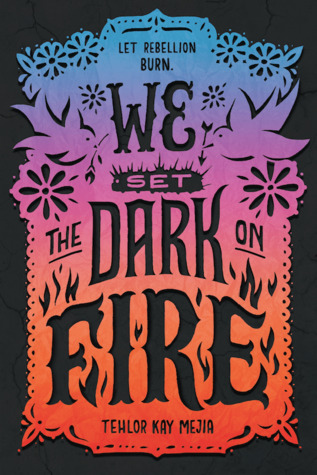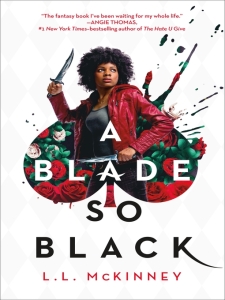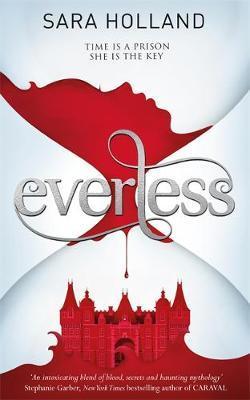
Rating:  (4.5 out of 5)
(4.5 out of 5)
Salma Bakkioui has always loved living in her suburban cul-de-sac, with her best friend Mariam next door, and her boyfriend Amir nearby. Then things start to change. Friends start to distance themselves. Mariam’s family moves when her father’s patients no longer want a Muslim chiropractor. Even trusted teachers look the other way when hostile students threaten Salma at school.
After a terrorist bombing nearby, Islamaphobia tightens its grip around Salma and her family. Shockingly, she and Amir find themselves with few allies as they come under suspicion for the bombing. As Salma starts to investigate who is framing them, she uncovers a deadly secret conspiracy with suspicious ties to her new neighbors—but no one believes her. Salma must use her coding talent, wits, and faith to expose the truth and protect the only home she’s ever known—before it’s too late.
I’ve been on a real mystery kick lately. I can’t get enough of them, but unfortunately diversity is still lacking in that corner of YA. So when I came across No True Believers by Rabiah York Lumbard, I knew I had to pick it up, both for the diverse cast and the intriguing premise.
Salma is a Muslim American high school senior. Her mother is a white American and Muslim convert and her father is North African Amazigh. Salma describes herself as white-passing, but she has a strong connection to and pride of her culture and religion. I think Islam is a beautiful religion and I enjoy learning about it, so I loved that the book was peppered with Salma’s descriptions of what Islam means, both in general and to her.
In a way, that’s the whole point of Islam—to empty the heart (and mind) of everything but God and love. And to know that the two are one and the same. To feel that awe and to humbly submit to it, with gratitude.
The following line resonated with me particularly strongly, and I feel like we could all learn a lot from Islam:
There’s a verse in the Quran that basically says: Each soul is as valuable as the entire universe.
Salma’s ethnicity and religion are not the only thing that set her apart though. To my shock and delight, Salma has Ehlers-Danlos syndrome, which just so happens to be the chronic illness I have! I could barely believe my eyes when I read this next passage.
I was first diagnosed with Ehlers-Danlos syndrome when I was five. EDS is a genetic disorder that affects roughly one in five thousand people. So: Lucky me! Basically it means I have more elastic tissue and weaker ligaments than most people. It also means I can wake up feeling extra fatigued and achy. (Like today.)
Representation for chronically ill teens is incredibly scarce, and even more so for lesser known and misunderstood illnesses like EDS. The author doesn’t make Salma’s illness the focal point of her identity; she just exists with her illness. At one point, she is shoved and dislocates her knee when she falls, so she has to go to physical therapy and use crutches and a brace for a while. In a dicey situation, she dislocates her shoulder in order to fit through a small window, and I actually gasped. Dislocations aren’t fun, but it was thrilling to see someone use their disability to their advantage in this way.
Unfortunately, the amazing disability representation makes instances of casual ableism on the author’s behalf stand out even more. The word “lame” is used as a negative descriptor throughout the book and one of Salma’s friends plays a prank on a teacher, exploiting a food sensitivity to make the teacher throw up. The teacher definitely deserved repercussions for not stepping in when a fellow student was perpetuating Islamophobia, but I don’t think it’s ever okay to joke about pranking someone with a food sensitivity or allergy by making them come in contact with an allergen. Too many people with food allergies are too scared to consume anything they haven’t prepared themselves because these things happen, and they should never be portrayed as cool.
That being said, I really loved No True Believers. Although it wasn’t heavy on the mystery at first, I enjoyed reading about Salma’s life, her friendships with other girls, and her romance with Amir. Salma and Amir are so incredibly sweet together and very respectful of each other.
The mystery itself was introduced slowly, with the tension starting to simmer halfway through before coming to a boil. I was able to guess some minor details, but only due to some historical knowledge I have that it’s plausible and fair for Salma not to know. Other than that, I was at the author’s mercy, and she got me completely hooked on the conspiracy.
Salma was a total badass. Dislocating her shoulders is only one of a number of awesome things she did to uncover who was framing her. Her kind but investigative nature and her hacking prowess ultimately save the day. She’s the Muslim American heroine we need.
TRIGGER WARNINGS: Islamophobia / racism, white supremacy, ableism, spousal and child abuse.
Have you read No True Believers or will you pick it up? Let’s chat in the comments below!

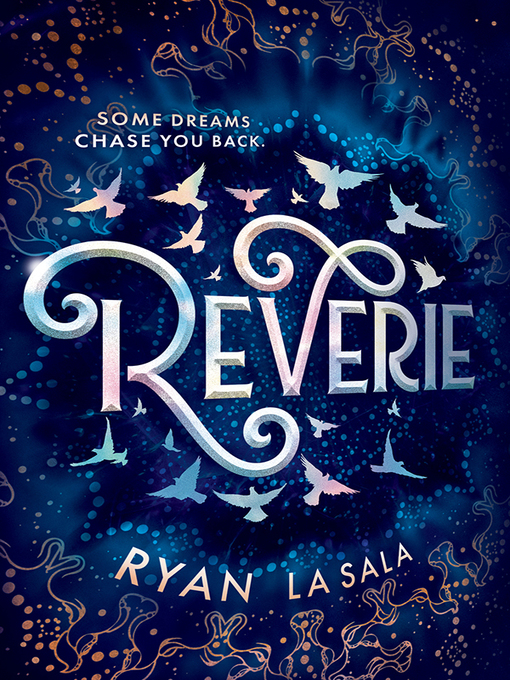


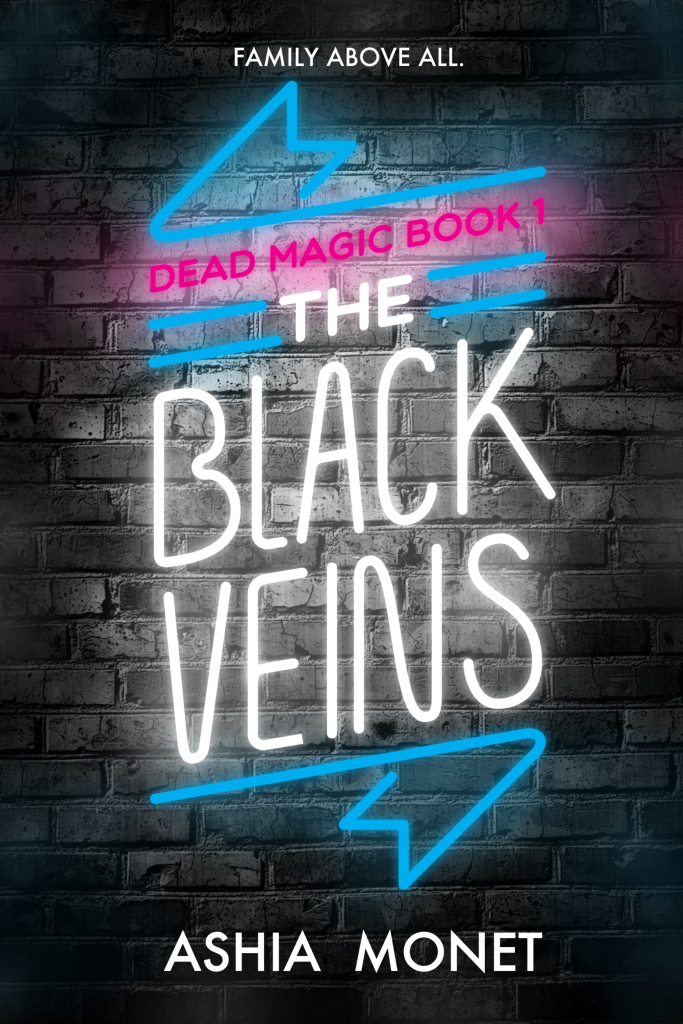
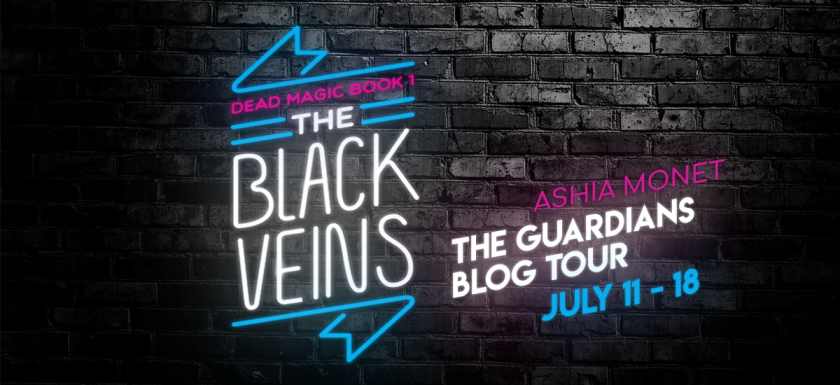

 (3.5 out of 5)
(3.5 out of 5)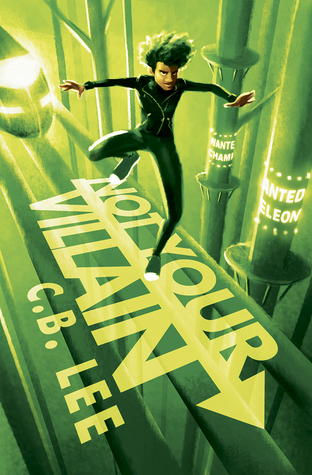

 (3 out of 5)
(3 out of 5)
 (4 out of 5)
(4 out of 5)
